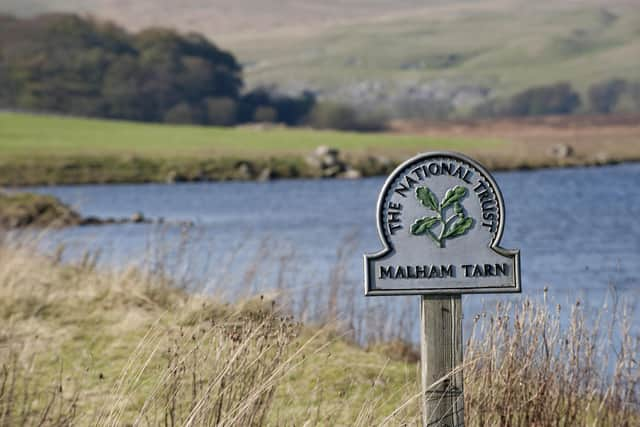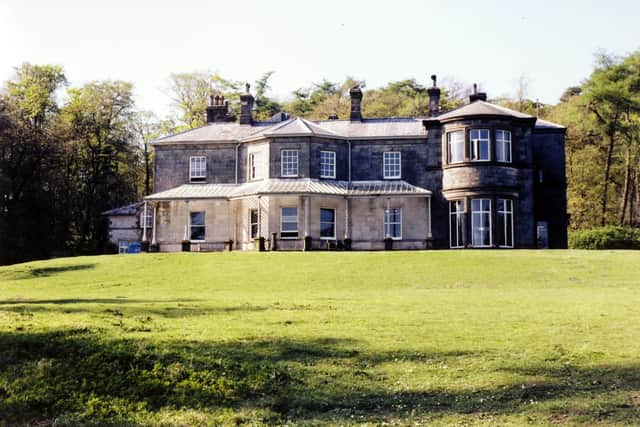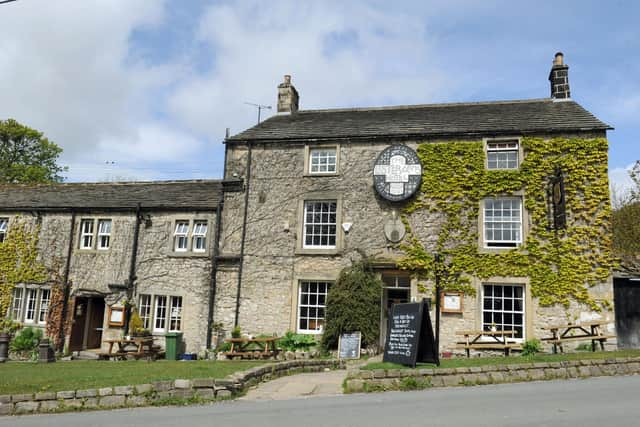Malham Tarn: National Trust climate scientists to move into 18th-century Yorkshire mansion gifted to charity as they decide on Dales estate's future
Staff and volunteers – including those working on projects to reduce the impact of climate change – have moved into new offices in the North Wing of the former shooting lodge, which became vacant earlier this year when the Field Studies Council ended their lease.
Malhamdale residents had questioned the National Trust about the site’s future, fearing it could be sold for leisure use, but the organisation has no intention of disposing of Malham Tarn House. However, its long-term role is still being explored. The building was used as a field studies centre for decades and much of it was converted into basic accommodation.
Advertisement
Hide AdAdvertisement
Hide AdTwelve workers, including rangers and ecologists, are now based in the former stable block, which will also include a larger volunteer workshop. Some of the new roles are for staff working on the Heart of the Dales project, which will involve extensive tree planting, peat restoration, improved biodiversity, and potential species reintroduction.


The Trust’s general manager for the Yorkshire Dales, Martin Davies, said: “As longstanding custodians of Tarn House and the wider natural landscape around Malham and Wharfedale, I’m delighted that the National Trust is investing significantly in protecting and preserving an important part of the area’s heritage.
"Alongside our day-to-day work to ensure that our part of the Dales is well cared for and accessible to all, we have important plans for the future too as we all grapple with issues around climate and changes to farming practices.
"Improved facilities at Malham Tarn will enable our growing team to work collaboratively on these plans with the wider community, while finding a sustainable use for a much-loved local landmark.”
Advertisement
Hide AdAdvertisement
Hide AdAfter the move to the North Wing of Tarn House is completed, the National Trust’s Yorkshire Dales team will continue consulting local and national stakeholders on potential uses for other parts of the property, which remains inaccessible to the general public.


Despite the Malham area being one of the Dales’ visitor honeypots, Tarn House is actually around a 20-minute drive from the village and accessible only via a dirt track onto the estate, receiving little footfall. The remote location and poor access means it has not been considered suitable for large-scale hospitality development such as a hotel.
Malham Tarn House and the surrounding estate were given to the National Trust in 1946 by the great-niece of the philanthropist and MP Sir Walter Morrison, who had lived there until his death in 1921.
The Trust acquired the Grade II-listed hunting box, the home farm, the tarn itself – Yorkshire’s second-largest lake – and woodland totalling 800 acres.
Advertisement
Hide AdAdvertisement
Hide AdIt was originally built by Lord Ribblesdale – Sir Thomas Lister – who sold the estate in 1852 to Sir Walter’s father, James Morrison, a wealthy merchant. His nephew, Major James Archibald Morrison, inherited in the 1920s and further sold the land and house, as well as two pubs, which were purchased by a Haworth-based brewery.


Malham Tarn House passed into the hands of Huddersfield wool baron Mr E Fisher. However, in 1928 he died at the lodge after a day’s shooting and an auction was again held, allowing Mrs Hutton-Croft and her husband to purchase her great-uncle’s former residence while retaining the grouse shoot.
